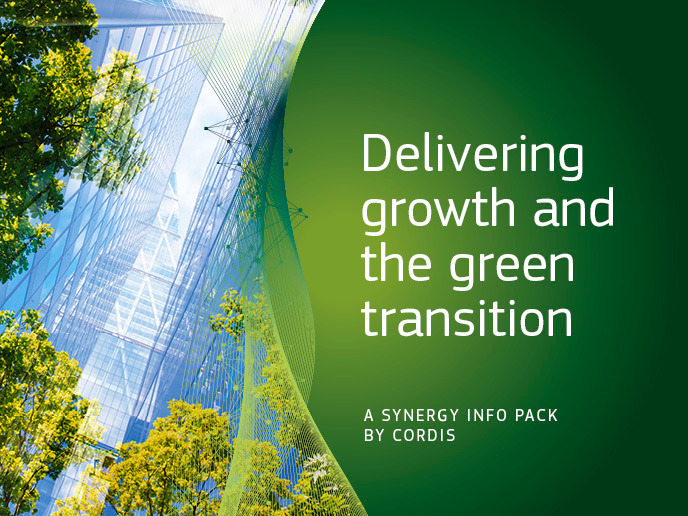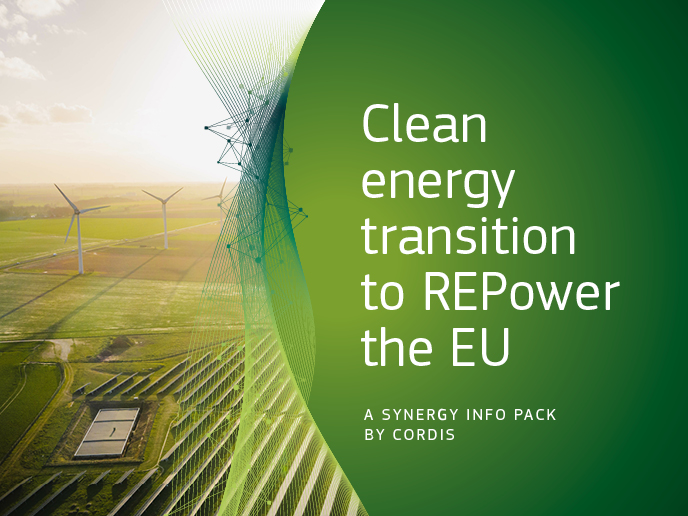How a squirt of water can improve engine efficiency
Running an engine with water might sound unusual, but it is just one of the innovations being developed for the next generation of road vehicles. Electric vehicles are an increasingly familiar sight in cities, helping to address the issue of climate change, but most people still rely on petrol-driven cars for longer, cross-country journeys. The PaREGEn(opens in new window) project addresses this issue by squeezing even more efficiency out of traditional internal combustion engines. The project worked with two prototype engines, one running in a Jaguar XE, the other in a Mercedes E Class, explains Simon Edwards, PaREGEn coordinator based at the engineering consultancy Ricardo(opens in new window). A consortium of 17 industrial and research organisations worked together on the project, devising modelling techniques and componentry to develop a new generation of highly efficient fuel-injected engines.
Cleaner and greener
The project partners were successful in reducing carbon dioxide emissions by 15 % with no loss of performance, as well as reducing the number of 10 to 23 nm particles in the vehicle exhaust, in line with the upcoming Euro 6 RDE(opens in new window) standards. To achieve this, the Jaguar Land Rover engine was adjusted to run very lean, with high amounts of air in the combustion mix, a process known as dry dilution. However, a very different solution was used for the Mercedes engine. “We ran it with water injection, diluting the charge going into the engine for combustion,” explains Edwards. “This water helped us increase the efficiency of the engine.” Water injection is rare outside of high-performance cars at the moment, but Edwards says the technology developed by PaREGEn is applicable to vehicles on the road today. As well as these innovations, the consortium developed many new components, especially related to the control of the exhaust emissions, using new catalysts and filter technologies. “On the outside the cars don’t look different, although the control systems are different, and the engine hardware, injection pressures, turbocharging and after-treatment have all changed,” adds Edwards.
Virtual engine
The biggest surprise, he notes, was the development of a validated computer model that can predict how changes to engine design will affect particle emissions – a world first in the field. This has led to an innovative, virtual gasoline particle sensor, which is now available for others in the industry to apply. The project was funded through the EU’s Horizon 2020-TRANSPORT programme. “This support encouraged all the partners to come together, and to share with and motivate one another, for the benefit of the industry and society as a whole,” says Edwards. PaREGEn’s prototype engines were required to meet technology readiness level 7, meaning they have been demonstrated to work in a vehicle, in a real-world setting. Edwards points out that these innovations may well appear in the mainstream market by 2030. If the project’s innovations were adopted across all gasoline-powered light vehicles in the EU in 2030, it has been estimated that particle number emissions would drop by 10 % compared with 2015, and carbon dioxide emissions by 10 Mtonnes annually.







